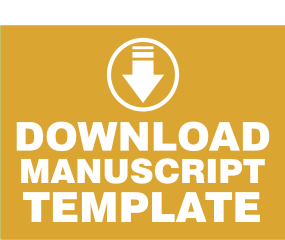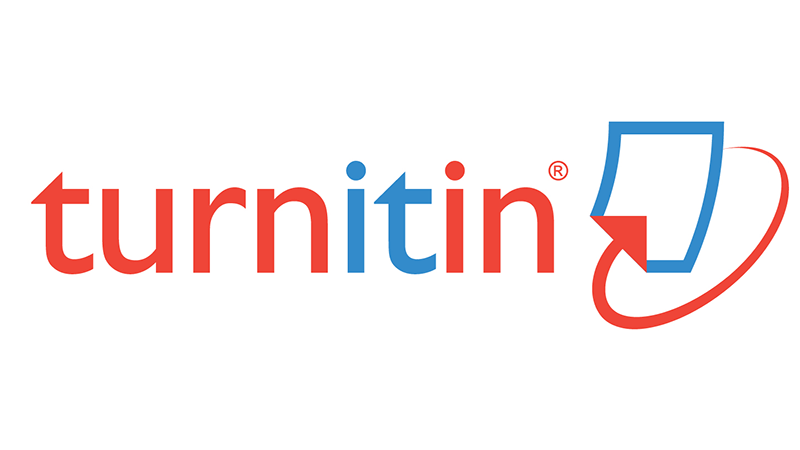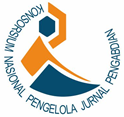AUGMENTED REALITY BERBASIS SEAMLESS LEARNING DAN EDUCATION 3.0 UNTUK PENINGKATAN KEMAMPUAN ANDRAGOGI PENDIDIK SE-KABUPATEN MALANG
Abstract
Abstract: Community Service Activities aims to introduce Augmented Reality technology based on Seamless Learning to Educators in Malang District, AR Seamles Learning is a 3Dimensional modeling technology that can improve adult learning skills (Andragogy) for students and educators. AR Seamless Learning Workshop and Assistance using a one time project approach and brain storming, one time project is carried out to produce project input from ongoing assistance, so that participants focus on making the project. The results of this AR Seamless Learning workshop educators succeeded in building AR applications in accordance with the subjects being taught, with a high level of readability of markers, as well as an understanding of the use of seamless AR in learning. With Homogeneous Class Conditions Andragogy's ability also increases, with 3 Sub Variables, namely, communication, presenting teaching materials and problem solving. Overall, the ability of Andragogy increases at a good level.
Full Text:
PDFReferences
A. Kulpy and G. Bekaroo. (2017). ‘Fruitify: Nutritionally augmenting fruits through markerless-based augmented reality’, in 2017 IEEE 4th International Conference on Soft Computing Machine Intelligence (ISCMI), 2017, pp. 149–153.
Bakar, A. N. Zulkifli and N. F. F. Mohamed. (2011). "The use of multimedia, Augmented Reality (AR) and Virtual Environment (VE) in enhancing children's understanding of road safety," 2011 IEEE Conference on Open Systems, Langkawi, 2011, pp. 149-154.
C. Juan, R. Canu, and M. Giménez. (2008). Augmented Reality Interactive Storytelling Systems Using Tangible Cubes for Edutainment’, in 2008 Eighth IEEE International Conference on Advanced Learning Technologies, 2008, pp. 233–235.
Greig P, Higham H. (2014). Using Augmented Reality In Scientific Posters. BMJ Simulation and Technology Enhanced Learning. 2014;1: A74.
Gall, M.D., Gall, J.P. and Borg, W.R. (2007). Educational Research an Introduction. 8th Edition, Pearson.
L. Pombo and M. M. Marques. (2017). ‘Marker-based augmented reality application for mobile learning in an urban park: Steps to make it real under the EduPARK project’, in 2017 International Symposium on Computers in Education (SIIE), 2017, pp. 1–5.
M. Samir, A. Hanie, A. Aboulgheit, K. Hossam, A. Atia, and N. ElMasry. (2018). ‘The Wanderer: Implementing markerless augmented reality with object position awareness’, in 2018 First International Workshop on Deep and Representation Learning (IWDRL), 2018, pp. 31–40.
M. Santoso. (2018). Markerless augmented reality technology for real-space basketball simulation’, in 2018 IEEE International Conference on Consumer Electronics (ICCE), 2018, pp. 1–3.
M. T. Yang and Y. C. Chiu. (2014). Note-Taking for 3D Curricular Contents using Markerless Augmented Reality’, Interacting with Computers, vol. 26, no. 4, pp. 321–333, Jul. 2014.
M. T. Yang, W. C. Liao, and Y. C. Shih. (2013). ‘VECAR: Virtual English Classroom with Markerless Augmented Reality and Intuitive Gesture Interaction’, in 2013 IEEE 13th International Conference on Advanced Learning Technologies, 2013, pp. 439–440.
T. S. Yee, H. Arshad, and A. Abdullah. (2015). ‘Development of a PC-based markerless augmented reality’, in 2015 International Conference on Electrical Engineering and Informatics (ICEEI), 2015, pp. 49–53.
T. S. Yee, H. Arshad, and A. Abdullah. (2018).‘The development and analysis of quality of “Batik Detector” as a learning media for Indonesia Batik motifs Android based in Indonesian School of Singapore - IEEE Conference Publication’. [Online]. Available: https://ieeexplore.ieee.org/document/7369371/. [Accessed: 04-Jul-2018].
DOI: http://dx.doi.org/10.17977/um078v1i22019p120-127
Refbacks
- There are currently no refbacks.
Email: jgp@um.ac.id
View JGP's Stats
This work is licensed under a Creative Commons Attribution-NoDerivatives 4.0 International License.
Index by:
 Jurnal Graha Pengabdian
Jurnal Graha Pengabdian






